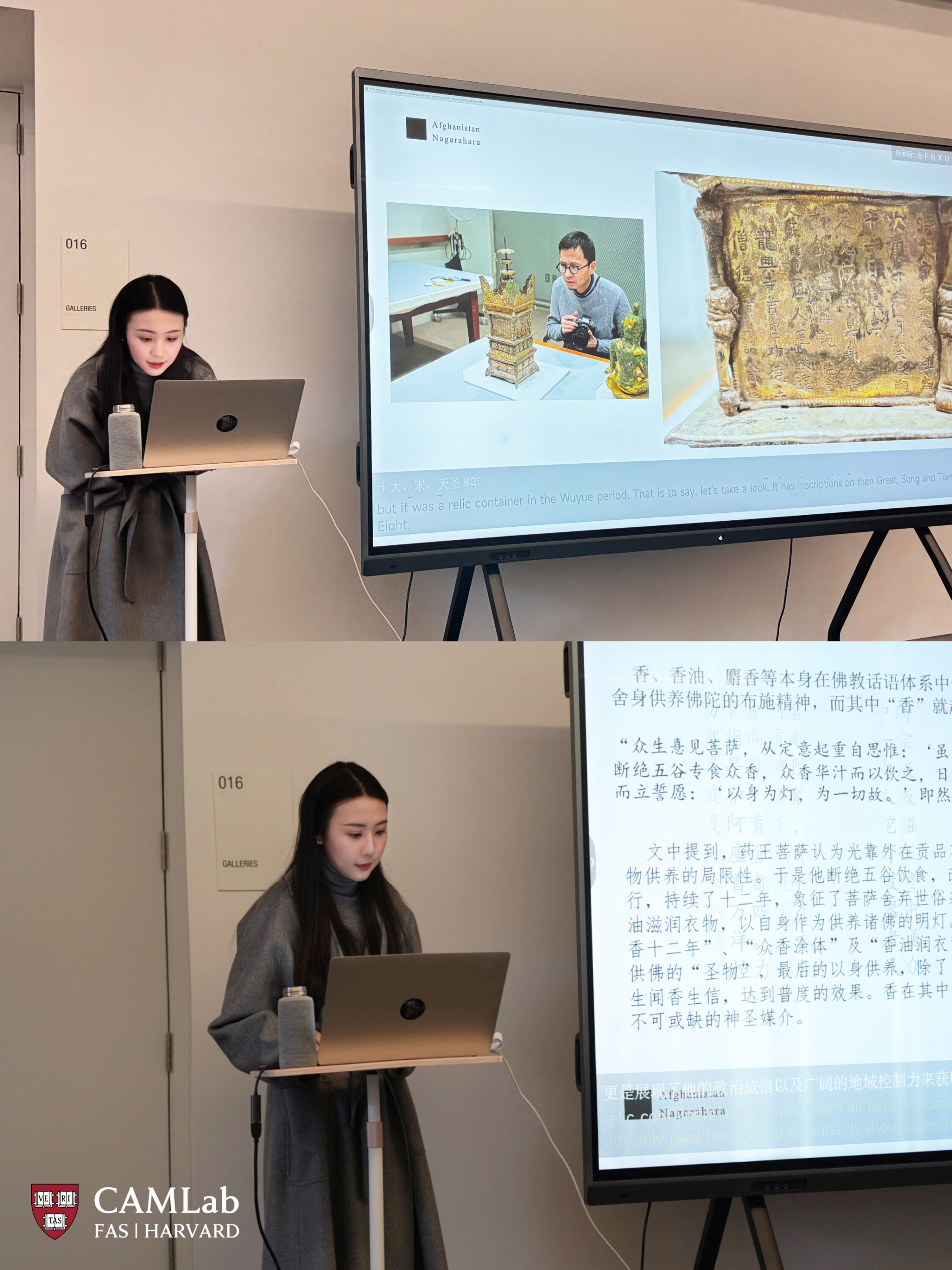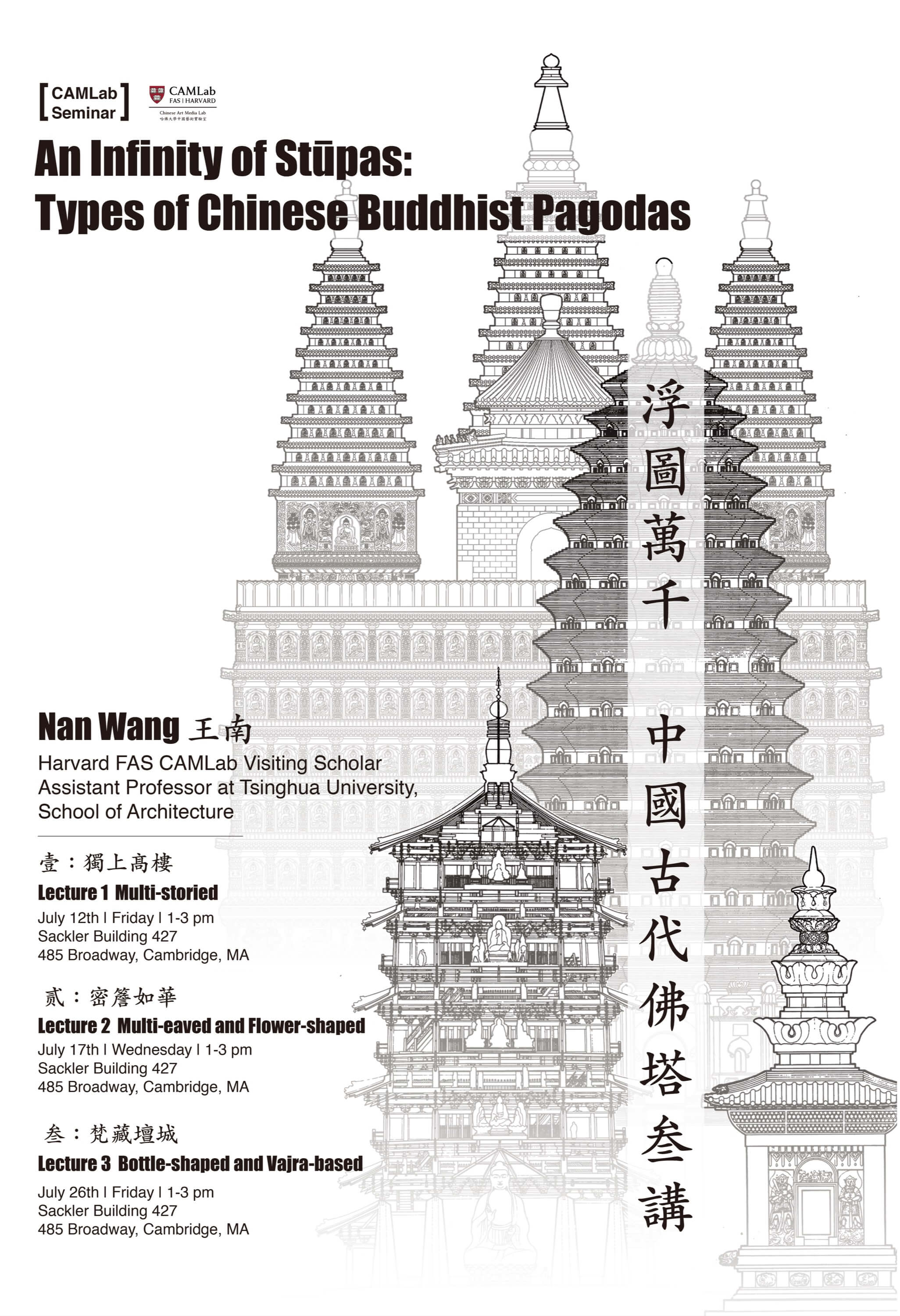February 7, 2025 (Friday)
2:30 – 3:30 PM
CAMLab Cave, Lower Level, 485 Broadway, Harvard University
Abstract
Gandhara represents one of the most captivating chapters in ancient history, with a rich cultural heritage spanning over two millennia. As a hub of diverse cultural and political traditions, Gandhara thrived for centuries under the dominance of Buddhism. The archaeological site of Hadda, a quintessential example of Greco-Buddhist art, is considered one of the most significant links in the history of interactions between Western art and the Indian world. This lecture will explore a range of topics, from the cave murals of Hadda to early Buddhist schools, white bone contemplation, and practices of meditation. Additionally, it will delve into the role and significance of perfumed substances in Gandharan Buddhist Reliquaries, drawing on discoveries of relic containers unearthed at Hadda.
Speaker Bio
Shiyu Wang is currently a doctoral candidate in the History Department at Zhejiang University and a visiting student at Harvard University. Her research focuses on the art history of Gandhara and the Silk Road. This phase of her research primarily examines Buddhist art and thought in the Haḍḍa region of Afghanistan, exploring its connections to the history of Chinese Buddhism and Buddhist art. The goal is to understand the origins of Buddhist imagery and the exchange and mutual influence of Buddhist cultural elements along the Silk Road.
Event Information
- Free and open to public
- Feb 7th (Friday)
- 2:30 – 3:30 PM
- CAMLab Cave, Lower Level, 485 Broadway, Harvard University
Please note
Only 20 spots available.
This event is in Mandarin Chinese.
February 7, 2025 (Friday)
2:30 – 3:30 PM
CAMLab Cave, Lower Level, 485 Broadway, Harvard University

Event Recap
Wang Shiyu began by introducing the geographical distribution of the Gandhara region and its complex political history of changes. She then analyzed descriptions of Hadda found in the accounts of pilgrims who traveled westward in search of the Dharma, combined with the archaeological discoveries of the 19th century, to present the Hadda site together. Starting with the relics’ containers and images of white bones unearthed from Hadda, and integrating Kharosthi inscriptions and records from Buddhist scriptures, Dr. Wang revealed the significance of perfume and white bones in Buddhism.
During the question and discussion session, in-depth discussions were held with the attending scholars on the uses of musk, interpretations of Kharosthi inscriptions, and the interaction between burials and Buddhist rituals.







